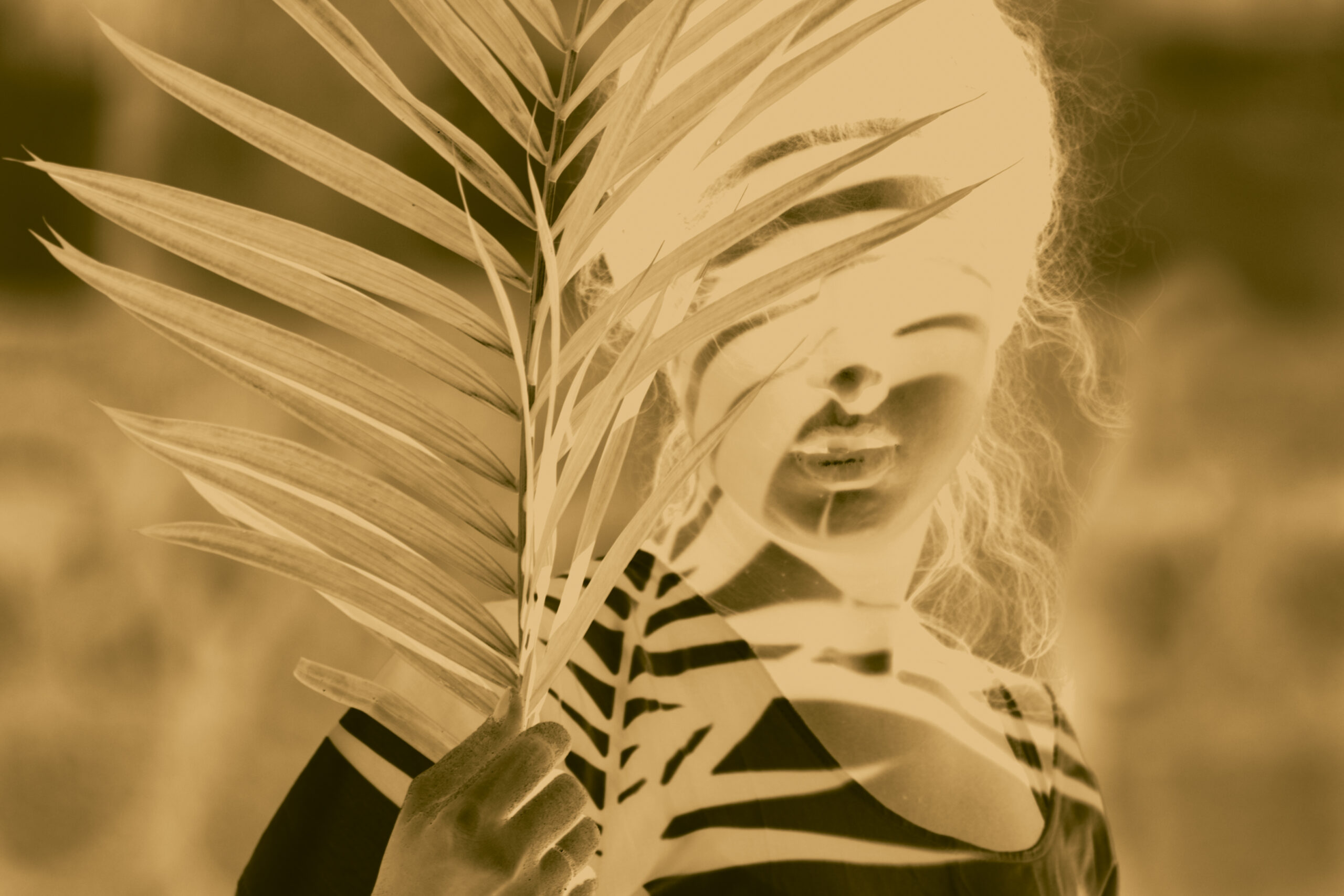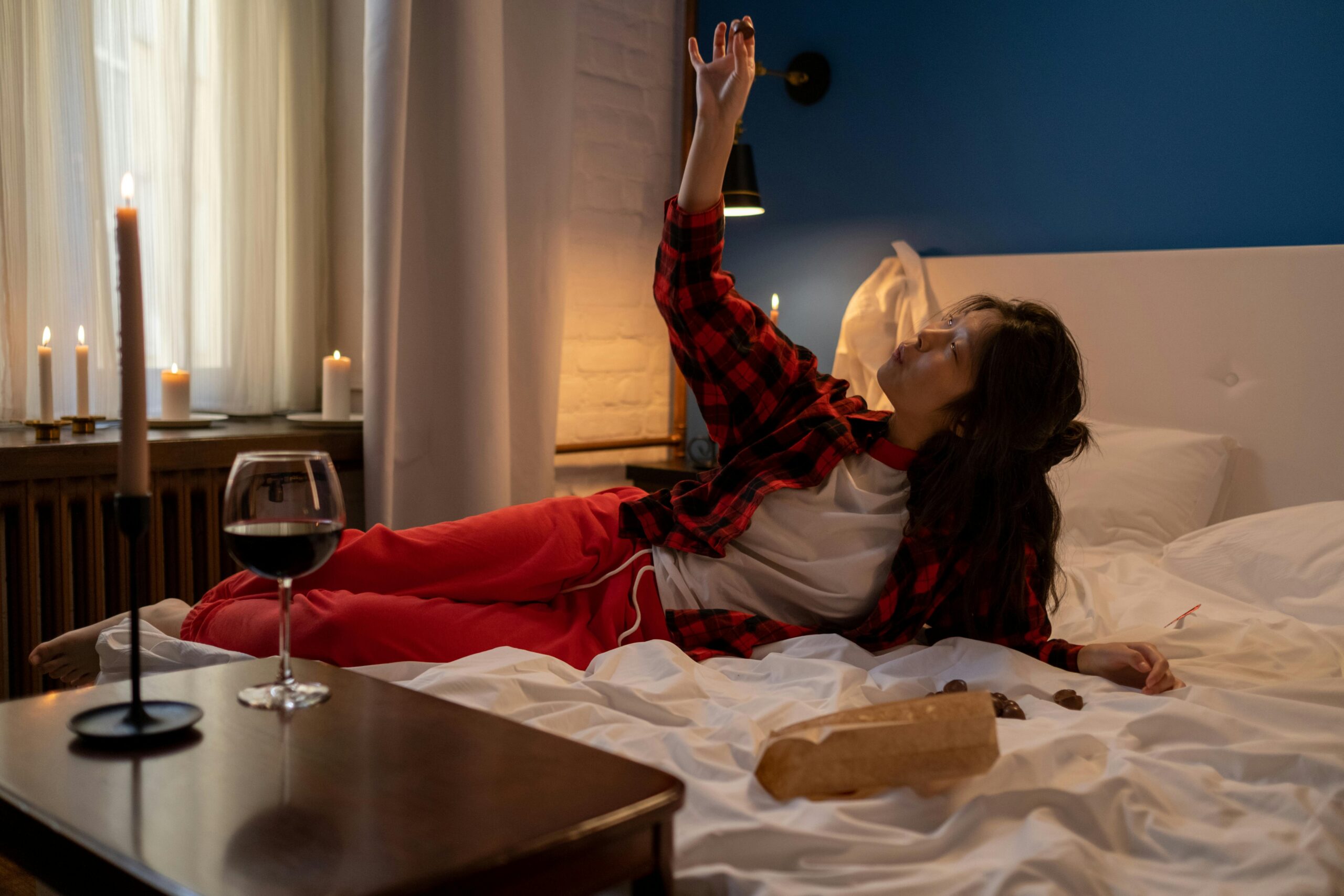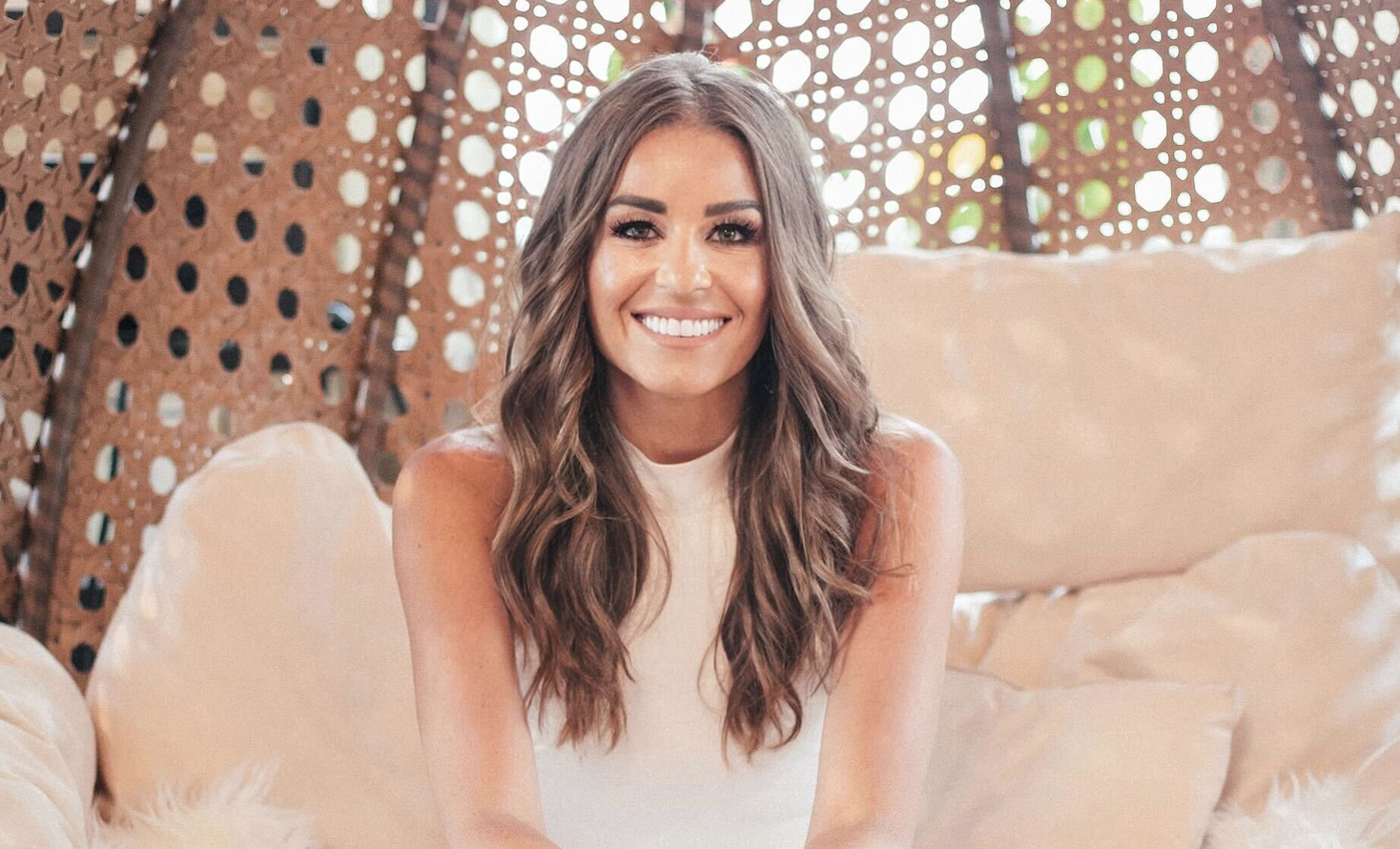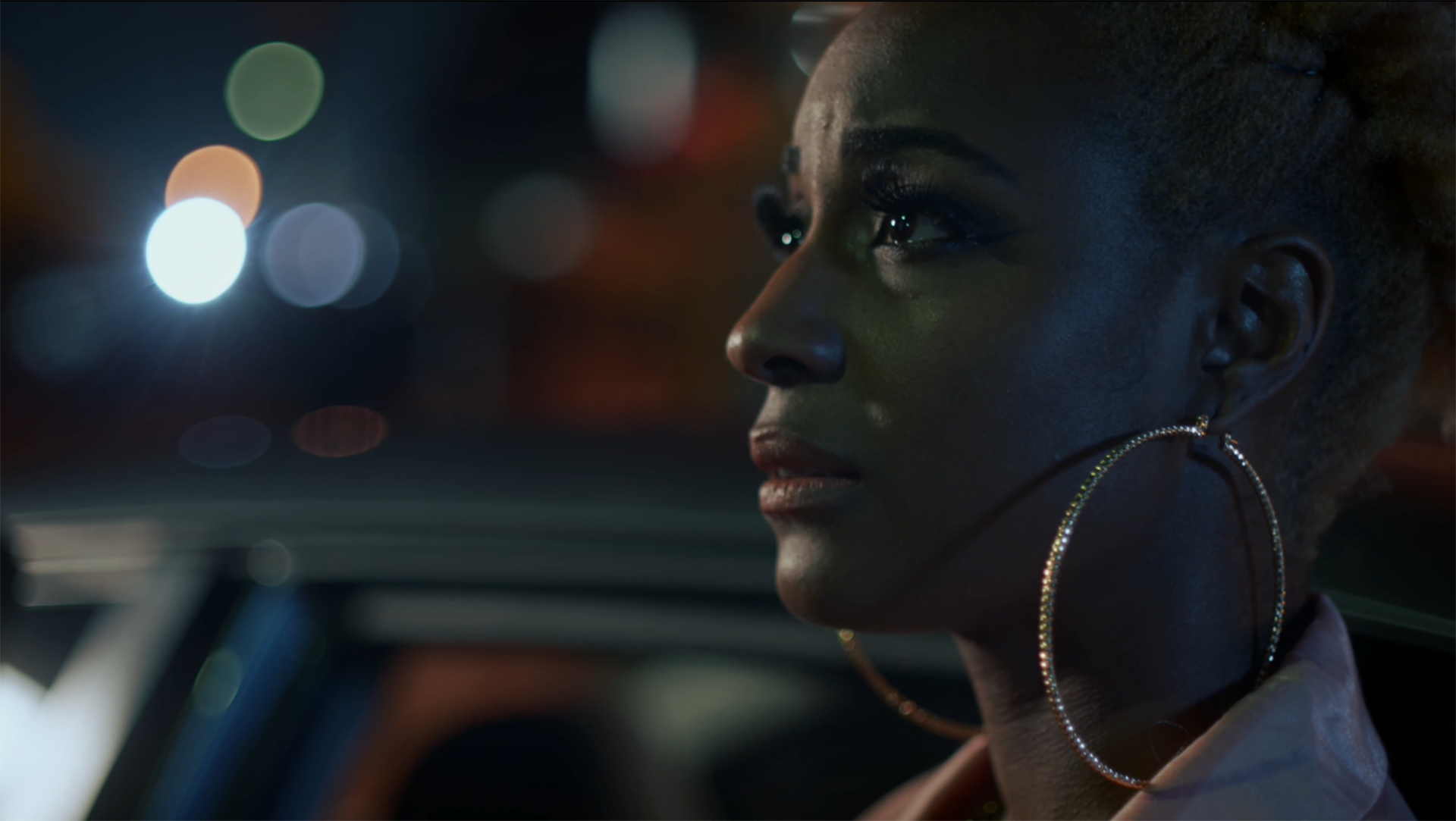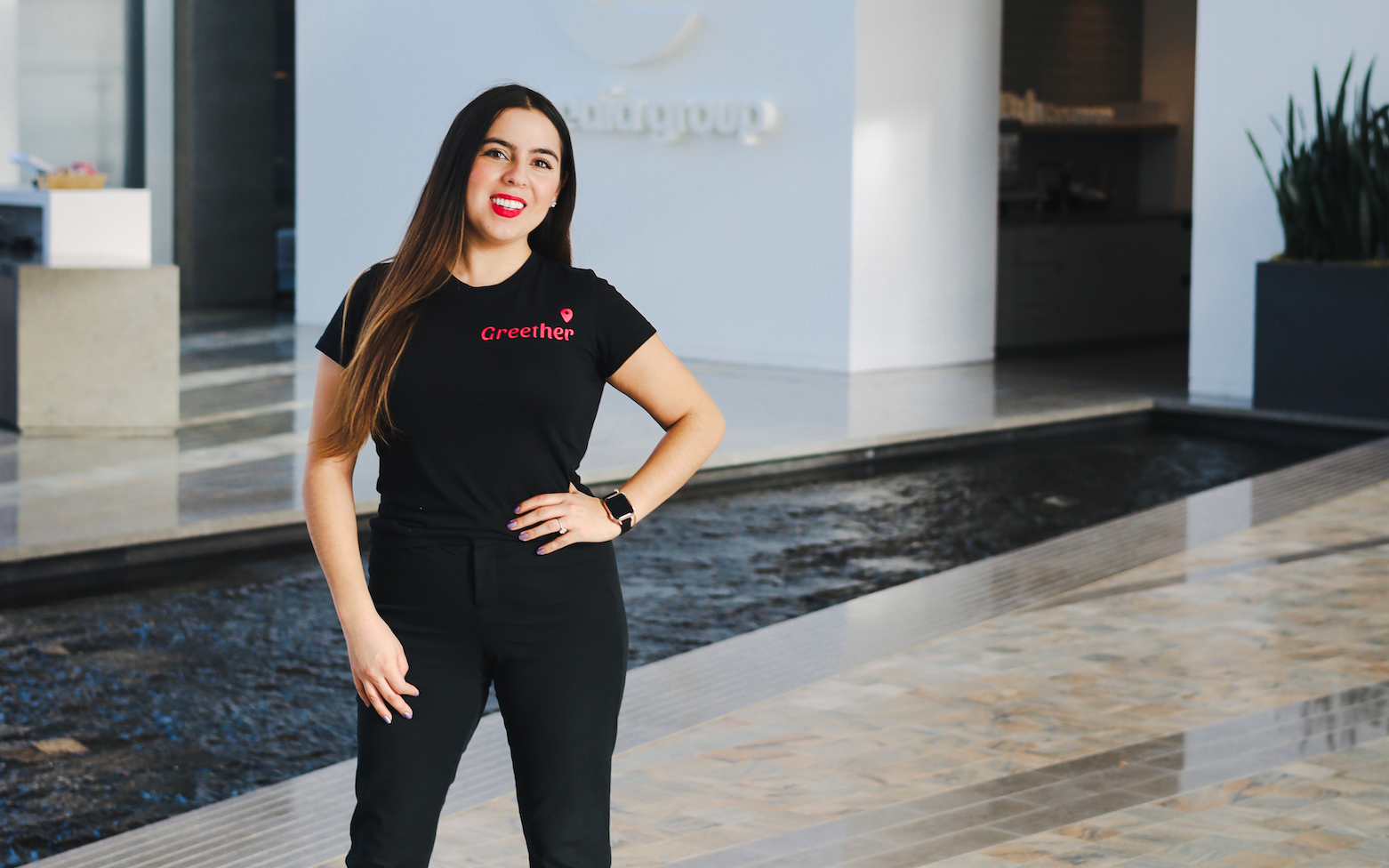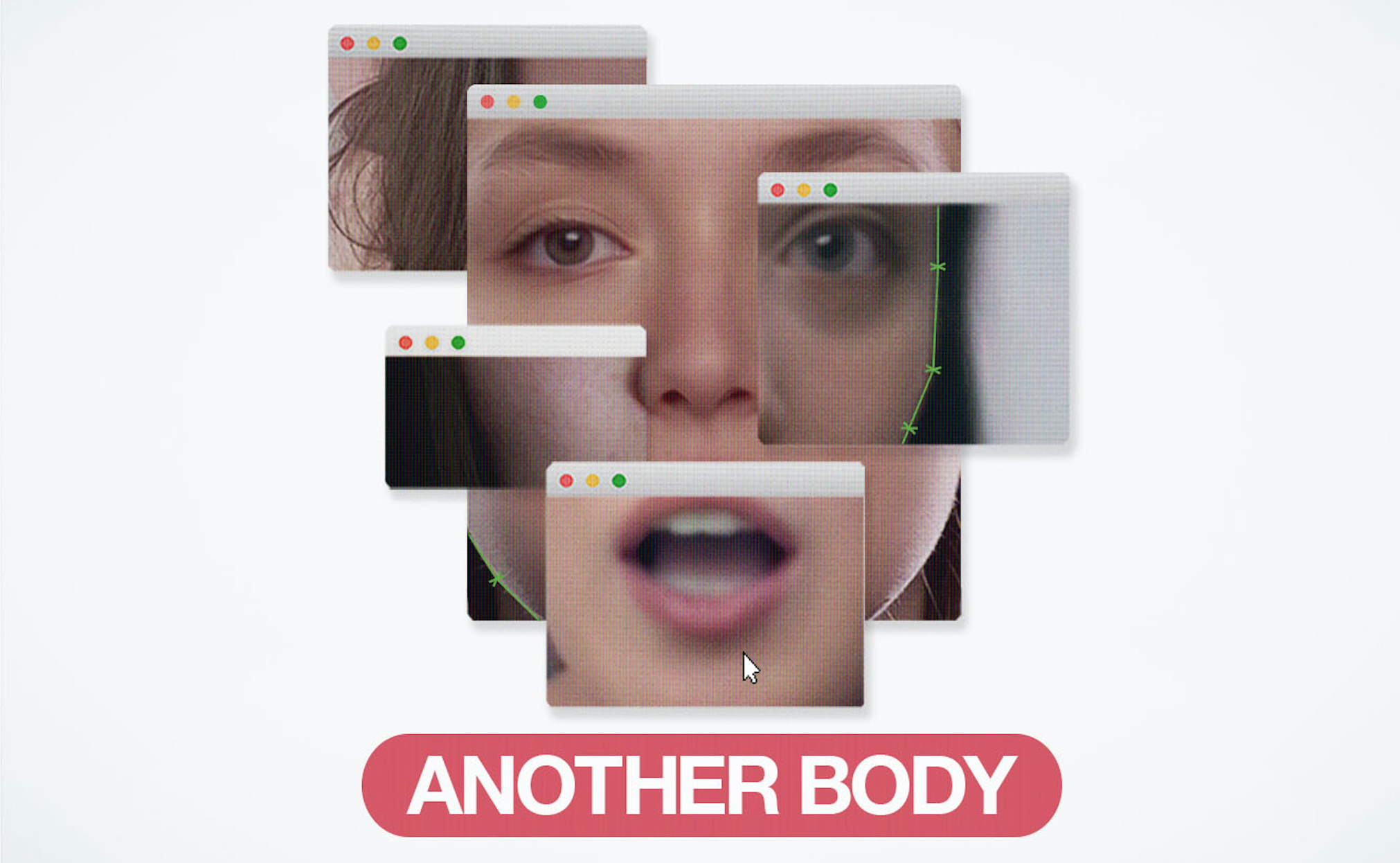
When you think of Indian cuisine, you most likely conjure up images of the stereotypical dishes like chicken tikka masala, garlic naan, or a particular type of curry. But what if we told you that those dishes are not actually part of the authentic cuisine at all?! Before you get disappointed, however, it turns out that authentic Indian food as actually much more exciting, varied, easy to make, and sustainable than you thought.
Want to learn more? Get familiar with chef Priyanka Naik – the Instagram creator and star of her own food shows – who is gearing up to release her own cookbook called ‘The Modern Tiffin’, which busts through some of the aforementioned stereotypes, while also showcasing her signature flair for vegan dishes, zero-waste cooking, and plant-based meals.
She is a first generation Indian American who is a self-taught chef, raised on Staten Island, New York, with her two sisters. Her Indian heritage is very important to her cooking style and lifestyle, so much so that she even learned her native language of Kannada before English and weaves in Indian elements throughout all of her original vegan cooking. She attributes her devotion to her Indian roots and passion for Indian food to her loving and supportive parents.
Priyanka is also a Food Network champion, Quibi Dishmantled Winner, and hosts ‘Dish it Healthy’, a Tastemade original clean-eating food show on Food Network Kitchen. In anticipation of her book release in a few months, and in the interest of wanting to up our game with food sustainability, we spoke to Priyanka about taking Indian cooking and cuisine to the next level, and how she uses Instagram to spread positivity, educate people on her culture and raise awareness about sustainability.

When did you first decide to become a chef, and where did your career begin?
I’ve always enjoyed cooking from a young age – my favorite place to be was in the kitchen, observing my mom cook and multitask. So I learned through observation as my mom involved me in the cooking tasks, and obsessively watching cooking shows. So you can say my “career” began at age five perhaps! But I really put the stove on the gas when I started my recipe blog in 2010.
How does your Indian culture and heritage influence your cooking?
I am first generation Indian-American and the youngest of three girls. My entire family– with the exception of my immediate family–are in India, so I grew up traveling to India every year since infancy.
In India, our lives were surrounded by food; cooking full course meals for breakfast, lunch and dinner; traveling throughout India and trying all the regional food; and my favorite – copious amounts of street food.
These experiences shaped my perspective on my culture and also highlighted the importance of my Indian heritage to my day-to-day life in India. Cooking was a way for me to connect with my family, heritage and delicious regional Indian food.
Can you share more about your upbringing and how food played a role in your family and community?
I was born and raised in New York City, specifically on Staten Island (the forgotten borough, lol!). As you can imagine, not many people on Staten Island looked, sounded or ate like my family. Food at home became a source of comfort, connecting us to our heritage. It was a way for us to stay true to our culture and connect with our family overseas. My upbringing was surrounded by food – the importance of eating proper meals, cooking at home and exploring cuisines. Not to mention, I grew up vegetarian and much of our style of Indian cooking (Maharashtrian) was vegan by default! The importance of whole foods and plants started at a very young age for me.
May was Asian Pacific American Heritage Month and in light of the recent uptick in racist violence attacks, why do you think it is more important than ever to embrace and talk about culture?
I think it’s always been important to talk about culture. I grew up in an environment that didn’t necessarily embrace my culture and who I am because I looked different, ate different food and spoke different languages. And that was exemplified during 9/11, when many brown folks were attacked and assaulted being mistaken and objectified as “terrorists.” Almost 20 years later, Asians are being attacked for the way they look, based on false accusations.
I think the difference today versus 20 years ago during 9/11 is social media–particularly a platform like Instagram. We use social media as a tool and way to communicate, let our voices be heard, and connect with other like minded folks. Instagram is the power that everyone has today. And we should continue using Instagram, among other social platforms, to educate folks about the beauty and nuances of cultures around the world. We should be embracing and learning from one another, not attacking.
Cuisine has often been a great way to bridge the divide among different people. How are you using your passion for cooking as a way to spread positivity and awareness?
I use my passion and talent for cooking to bring joy into people’s homes via their dinner plate. Cooking and eating is one of the few things we have that can transport us to a different country and culture. For instance, if you can’t travel to India, you can always bring Indian flavors to your kitchen which will almost make it feel like you’re experiencing the country. There is SO much power in cooking – I use it as a therapeutic, creative and educational outlet. Instagram has been an incredible platform for me to challenge my creativity and share my favorite dishes with the world.
You are also very passionate about the environment. Can you talk to us about the environmental as well as health benefits of plant-based and zero-waste cooking?
Cooking and living sustainability is just as–or even more–important to me than cooking just all vegan. Just because one is vegan doesn’t make them sustainable. It’s important to think about our carbon footprint and how our choices impact the environment and animals around us.
Living a plant-based life enables you to be your best self. What you put inside your body manifests itself on the outside. Eating whole fruits, vegetables, and naturally healing property foods like ginger, garlic, turmeric and spices helps our bodies thrive. Your skin will glow, your hair will grow and you’ll have an immense amount of energy. I can say this about myself with confidence, having formerly lived a life eating chicken and seafood. Turning over to being plant-based and cooking all vegan has made an immense difference for me.
From an environmental standpoint, I don’t cook with or consume anything with palm oil. It destroys forests–mainly in Indonesia–and displaces and kills animals; food conglomerates can do without palm oil and the only reason they use it is because its cheaper and can have a longer shelf life than other neutral oils. I don’t cook with or use any single-use plastics; I don’t wear or buy any leather or fur; I primarily shop from sustainable fashion brands; and majority of my cooking is zero-waste.
This means I use whole vegetables, i.e., I will cook with the beet and the beet stems and leaves instead of wasting them – and I cook using leftovers. My mission is to make a new recipe with every leftover item in my fridge and to give it a new life. It’s almost like my food is Hindu and is being reincarnated! I always pack food at restaurants as well. These are just a few ways I live a more sustainable life, in addition to being vegan.
What is your favorite dish to make?
This is extremely difficult to answer! I think the beauty of being a chef is being able to create new dishes all the time–and I get bored very easily! I would say one of my favorite ingredients to use is Chickpea Flour (or what we call Besan Hit in Kannada). It has high protein and can be molded into anything–a batter, dough, plant-based “meat,” cookies – literally anything!
One of my favorite dishes to make is anything vegetable stuffed and battered in besan flour and shallow fried. So good! Even better when a vegetable like poblano is stuffed with leftover rice – zero-waste AND vegan!
Who and where do you draw inspiration from in your work?
My heritage, travels (I’ve traveled to nearly 40 countries globally), and my global digital community. I have made HUNDREDS of friends on Instagram who have all challenged, inspired and supported me through my journey. And much of my inspiration comes from these folks – many whom I haven’t met in real life (yet!), but are so close to me.
What are some stereotypes about Indian cuisine that you want to dismantle forever?
Chicken Tikka Masala – this is not even an Indian dish. It is a British Indian-inspired dish that made its way over to the Western world. It is from the era of British rule in India and was created in Punjab, so the style is not even reflective of all the different types of cuisines of regional Indian cooking that India has to offer!
Garlic Naan – yes it’s good, but it’s not the only thing. We have hundreds of types of breads in India among rice dishes. My mission is to commercialize everything else that India has to offer.
“Curry” – this does not exist in India. This is a Western term that was developed to describe the types of dishes they encountered when in India. Every dish in India has a specific name and nothing we eat is “curry.” Our food is too beautiful, dynamic and versatile to be lumped into one word.
What can readers expect from your forthcoming cookbook ‘The Modern Tiffin’?
There is so much to be learned from ‘The Modern Tiffin’! Readers can expect to learn about me, my upbringing and life in New York City, my travels, my culture and my food philosophy.
‘The Modern Tiffin’ is very unique in many ways: it is 100% vegan, all the recipes are portioned for two people, every recipe is portable (hence “tiffin”), every chapter focuses on a different area of the world that I’ve traveled to and learned about, many recipes are zero-waste, and everything is 100% delicious!!!
‘The Modern Tiffin‘ immerses the reader into my life and unique way of thinking about food. My cookbook is on a mission to dismantle the Western perspective on the dinner plate – of a big chunk of protein at the center, carb on the side and vegetable on the side. The rest of the world doesn’t eat like that and we (Americans) can benefit a great deal by learning from cultures around the world. Be sure to follow my Instagram (@chefpriyanka) to learn more about ‘The Modern Tiffin’ and discover some new recipes!
‘The Modern Tiffin’ comes out November, 2, 2021, and you can pre-order it HERE.












